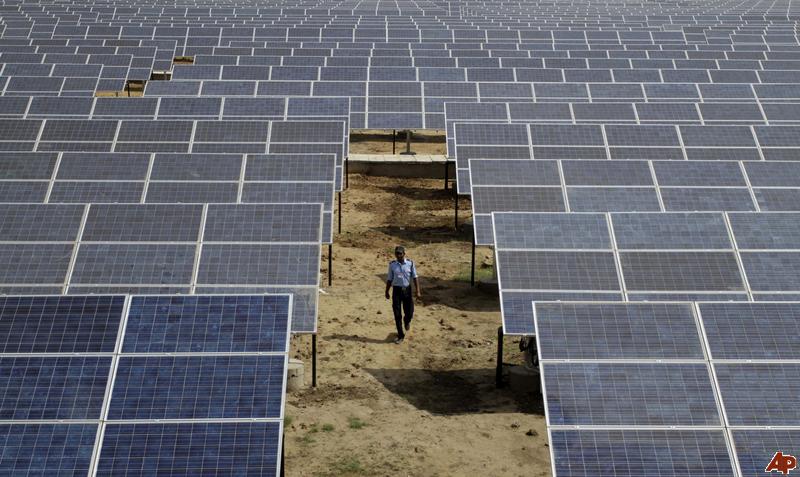The Indian government has announced plans to develop a 4GW solar project, near Sambhar lake in Rajasthan.
According to the details of an official release, India’s Department of Heavy Industry (DHI) has initiated the process of setting up the Sambhar Ultra Mega Green Solar Power Project in the 23,000 acre area of Sambhar Salts Limited, a subsidiary of the government-run Hindustan Salts Limited (HSL) in Rajasthan.
The first phase of the project, which will be 1GW, is likely to be commissioned in three years (by the end of 2016), the release said, and is expected to be implemented through a JV company to be formed with equity from BHEL, Solar Energy Corporation of India, Power Grid Corporation, Satluj Jal Vidyut Nigam and Rajasthan Electronics and Instruments Ltd.
The remaining capacity would be implemented through a variety of models, depending on the outcome of the first phase of project.
If fully completed, the 4GW project would produce 6000 million kWh per year to the distribution companies of various states through India’s national grid.
There has been no indication yet of whether the project would use solar PV or concentrated solar power technology.
RESolve energy consultant, Madhavan Nampoothiri, suggested the funding for the project might be provided by India’s recently approved parliamentary bill for Corporate Social Responsibility funding, announced in August. The new law requires all companies with capital exceeding $100 million to provide 2 per cent of annual net profits towards social or charity work.
The project is not part of India’s national solar mission, but is in line with Rajasthan’s 2011 solar policy to tap its significant solar resource through large-scale solar projects and promote the state as a national leader in solar power.
Jasmeet Khurana, head of market intelligence at Bridge to India, said last week that proposed mega projects such as this would help to lower the cost of solar to be on par with higher priced coal, at INR4.5 per kWh. Currently solar power is around INR6 per kWh ($A0.10 per kWh) for large projects.







